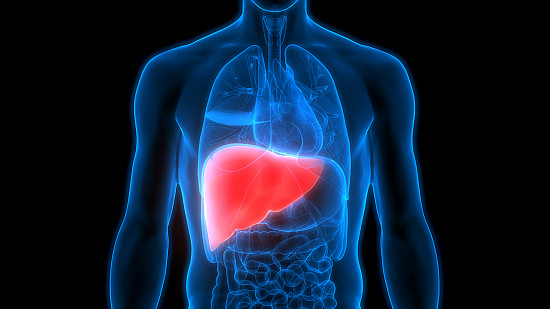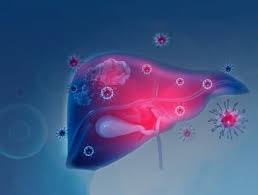
Fatty Liver Disease: A Comprehensive Review
Fatty liver disease, also known as non-alcoholic fatty liver disease (NAFLD), is a condition in which there is an accumulation of fat in the liver cells, leading to inflammation and scarring. It is a common condition that affects millions of people worldwide, and its prevalence is increasing due to the growing obesity epidemic.
Causes
The exact causes of NAFLD are not fully understood, but it is believed to be related to a combination of genetic and environmental factors. Some of the known risk factors for NAFLD include:
- Obesity: Excess body fat, particularly around the waistline, is a major risk factor for NAFLD.
- Insulin resistance: Insulin resistance, a precursor to type 2 diabetes, is also a risk factor for NAFLD.
- Metabolic syndrome: Metabolic syndrome, a cluster of conditions including obesity, high blood pressure, and high cholesterol, is a risk factor for NAFLD.
- Genetics: NAFLD can run in families, suggesting a possible genetic component.
- Age: NAFLD is more common in older adults.
- Sex: NAFLD is more common in men than women.
- Hepatitis: Research indicates hepatitis is a known risk factor for NAFLD (Read our complete articles on Hepatitis A, B, C, D, E)
Signs and Symptoms
NAFLD is often asymptomatic, meaning that people may not experience any noticeable symptoms. However, some people may experience:
- Fatigue
- Loss of appetite
- Nausea and vomiting
- Abdominal pain or discomfort
- Jaundice (yellowing of the skin and eyes)
Diagnosis
The diagnosis of NAFLD is typically made through a combination of medical history, physical examination, and laboratory tests. The following tests may be used to diagnose NAFLD:
- Liver function tests (LFTs): LFTs are used to assess liver function and detect any abnormalities in liver enzymes.
- Imaging tests: Imaging tests such as ultrasound, computed tomography (CT), and magnetic resonance imaging (MRI) may be used to visualize the liver and detect any signs of fatty liver disease.
- Liver biopsy: A liver biopsy may be performed to confirm the diagnosis of NAFLD and assess the extent of liver damage.
Medical Treatment
There is no cure for NAFLD, but there are several medical treatments that can help manage the condition. These include:
- Lifestyle modifications: Losing weight, exercising regularly, and eating a healthy diet can help manage NAFLD.
- Medications: Medications such as vitamin E, pioglitazone, and metformin may be prescribed to help manage NAFLD.
- Liver transplantation: In severe cases of NAFLD, liver transplantation may be necessary.
Nutritional Treatment
A healthy diet is essential for managing NAFLD. The following dietary recommendations may be helpful:
- Eat a balanced diet: Focus on whole, unprocessed foods such as fruits, vegetables, whole grains, lean proteins, and healthy fats.
- Avoid sugary drinks: Sugary drinks can exacerbate NAFLD, so it is best to avoid them.
- Limit saturated and trans fats: Saturated and trans fats can increase the risk of NAFLD, so it is best to limit them in the diet.
- Increase omega-3 fatty acids: Omega-3 fatty acids may help reduce inflammation and improve liver function.
Conclusion
NAFLD is a common condition that affects millions of people worldwide. It is characterized by an accumulation of fat in the liver cells, leading to inflammation and scarring. The causes of NAFLD are not fully understood, but it is believed to be related to a combination of genetic and environmental factors. The diagnosis of NAFLD is typically made through a combination of medical history, physical examination, and laboratory tests. There is no cure for NAFLD, but there are several medical treatments that can help manage the condition. A healthy diet and lifestyle modifications are essential for managing NAFLD, and may help prevent the progression of the disease.


